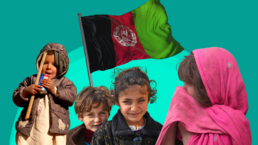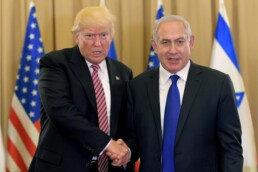While congressional Democrats argue over conditions for relief, some 20 million Afghan people stand to starve.
By Ryan Grim and Sara Sirota, The Intercept
As the Taliban was approaching Kabul this past summer, Afghanistan’s independent central bank called an emergency meeting. Whatever happened next, the board members knew, at least one thing was certain: a shock to the country’s economy was coming. The U.S. had spent nearly two decades building a sophisticated, professional central banking institution designed to help the country weather such shocks.
By law, the bank operated independently of the government and was essential to keeping the export-import economy and the local banking sector liquid. As an occupying power, the United States controlled Afghanistan’s foreign currency reserves — over $9 billion largely denominated in U.S. dollars — and doled it out to the central bank. One tranche of $300 million was set to be delivered on August 14, but the central bankers learned the U.S. had ordered it halted, according to board member Shah Mehrabi, an economics professor at Montgomery College who continues to serve on the central bank’s supreme council.

The bankers leaned on then-President Ashraf Ghani to lobby Secretary of State Tony Blinken to release the funds, and Blinken relented. But the next day, the Taliban entered Kabul. Mehrabi got a call from the comptroller general asking him what to do, and Mehrabi ordered him to count the currency and gold on reserve and lock the vault. Back in Washington, Blinken again halted the money. While the vault has since been open, and the central bank is continuing to operate, the transfers, which had been occurring at regular intervals, have not yet resumed. The Taliban barely fired a shot in taking over the country last summer, but the U.S., with the press of a button, has flattened it.
Recent Posts
Talk World Radio: India Walton On Zohran Mamdani And Freezing Out ICE
July 7, 2025
Take Action Now India Walton, former Democrat nominee for mayor of Buffalo, NY, discusses Zohran Mamdani and the race for NYC mayor and how to deal…
How Climate Change Is Worsening Flooding And Heavy Rainfall
July 7, 2025
Take Action Now The latest science on the link between climate change and natural disasters — and how they may be playing out where you live.By…
In Netanyahu’s Visit, Genocide Made Invisible
July 7, 2025
Take Action Now The U.S.’s embrace of Benjamin Netanyahu on this visit amounts to a full endorsement of his genocidal policies.By Norman…
Israel Continues To Starve, Target Gaza Civilians In Ongoing Genocide
July 6, 2025
Take Action Now Israeli commanders continue deliberately to starve the civilian population, continuing in some form a blockade on staples they began…




